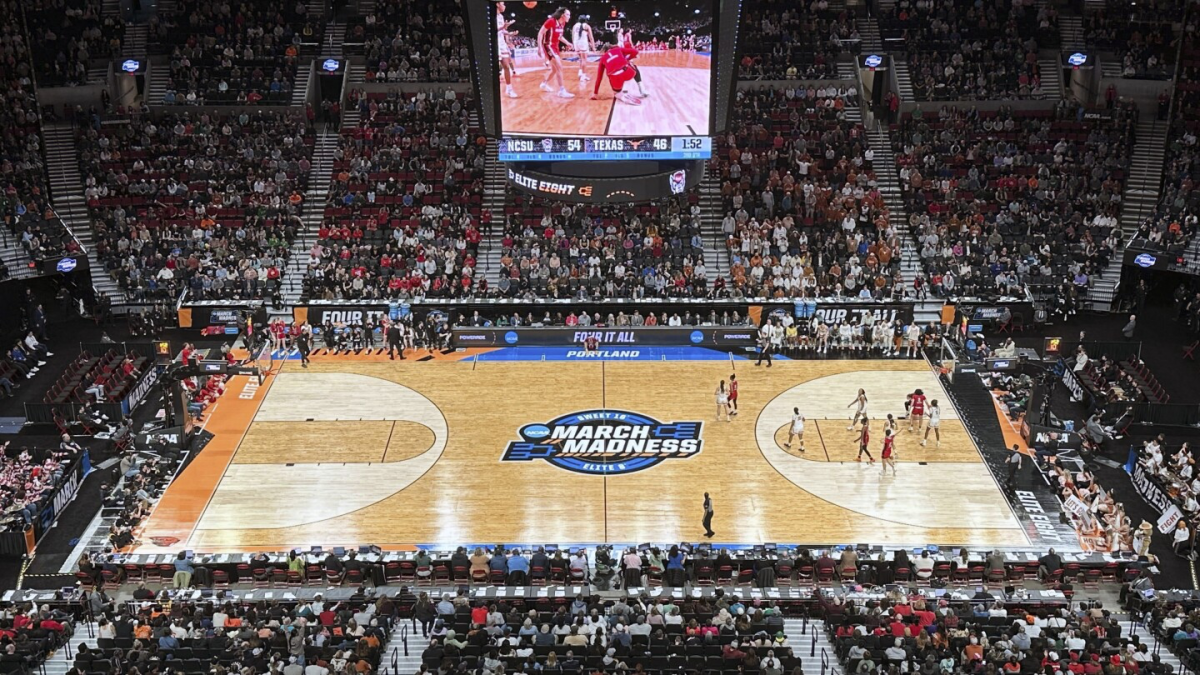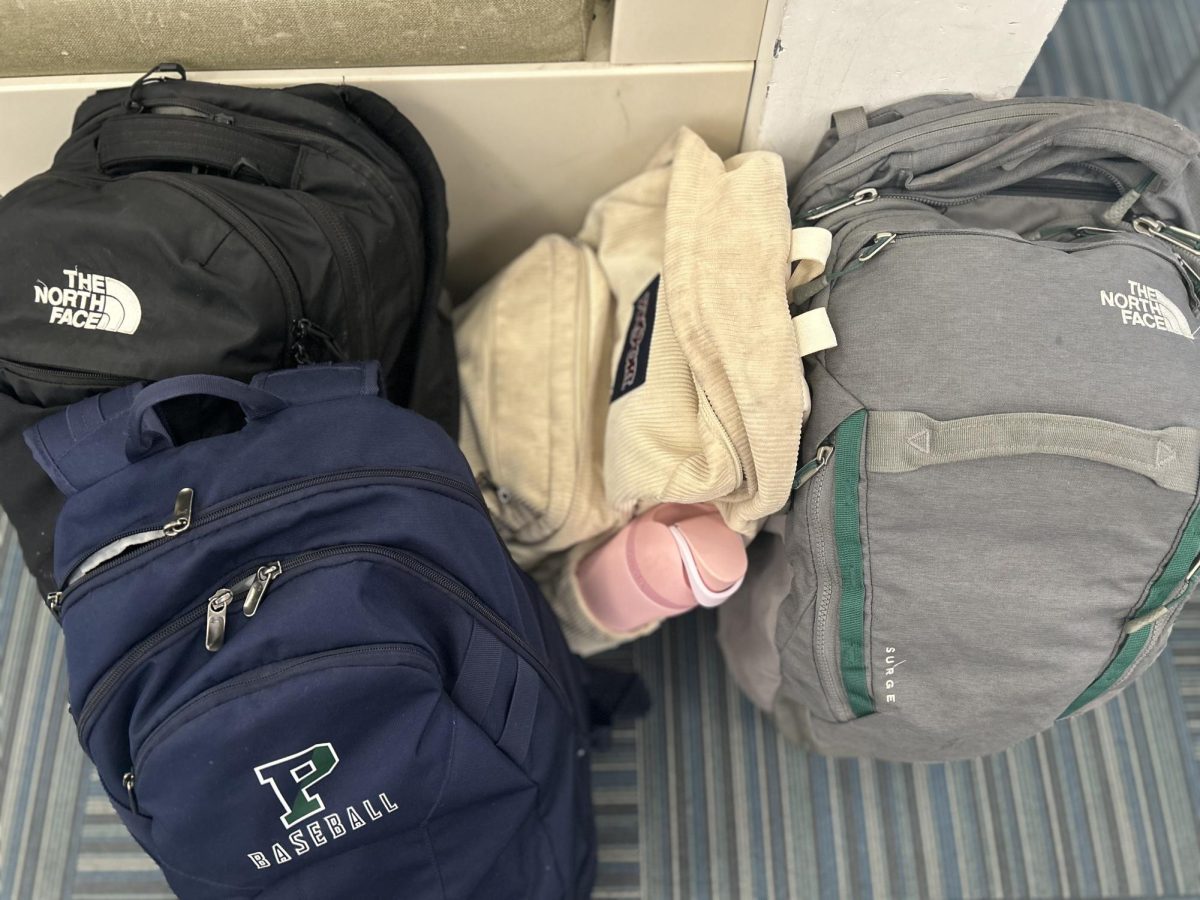Lawrence, MA, a diverse city of immigrants and industry, is home to many talented youth artists and initiatives. At the heart of downtown is the Essex Art Center, a nonprofit organization that offers a variety of art programs to children, youth and adults in the community. Stories of Our Streets was one of two summer initiatives offered to high school students centered around public art, the other being Creating on the Canal, whose mission was to inspire youth to create murals throughout specific areas in Lawrence. Stories of Our Streets was an extensive summer program with a mission “[ to explore] how art and writing interact and strengthen one another in the public space… [redefining] public art as something that can circulate in your hands or pockets, through print.”
This reporter interviewed several teenagers who participated in the program to try and understand their previous conceptions of public art, and how the program impacted their perspectives. When asked, participants came to a similar consensus that their initial notions on what defined public art was challenged through immersion in this experience.
Mateah, 17, shared, “I think the only thing that came to mind for me was something like a mural, but now I feel like it could be anything in any art form as long as it’s shared with people. Which makes it way more accessible, like anyone can produce public art.”
Another participant, Nicole, offered the idea that public art “represents the culture, diversity, and uniqueness” pertaining to the local area in which it resides. Nicole added, “Public art is something that is shared with the purpose of conveying an emotion or feeling; oftentimes it instills a feeling of community to its viewers. After attending the art program, I realized all the hard work that conveying that emotion and sense of community takes.”
A third participant, Sami, shared public art could be anything. “Most of the time it is meant to be thought provoking, but sometimes it is a representation of who someone (or a group of people) is, and other times it can just be for fun,” she says. “Public art can come in any medium, like the previously mentioned murals and sculptures, but it can also be books or zines [mini-literary magazines] like the ones we made in Stories in our Streets, architecture, landscaping, flags, billboards, collages, and so many more. I feel like now that my idea of public art has expanded, I am more able to recognize the beauty in things I may have missed before.”
Despite some evident connections with these responses, it’s worth noting the variety that each perception of public art (and art in general) are constantly subject to change based on our individual experiences. This may beg the larger question: is there an absolute (unchanging) way to define public art and measure its value?
The short answer is, maybe not. It cannot be explained in one unchanging way as society is constantly evolving. On one hand, understanding public art may demand you to take into account the artist’s intentions, beliefs, and experiences that influence their choice of form, placement, and expressive content. There may be instances where we do not know what the artist’s intention is, so we just assume. In the instance we learn of an artist’s reason behind their work, it may shift from the initial ideas/ emotions that arise when viewing the piece in absence of this knowledge.
Alongside this, it may ask for consideration of the effect that a piece has on its viewers based on their personal experiences with the world and how these experiences influence how they perceive and interact with the piece. It is in this instance, due to each individual’s experiences that may relate to others or be solely unique to them, that this level of perception calls for a variety of interpretations. It is also worth considering the piece in its relation to the space it occupies, and the people that occupy and their own relation to the space, both with and without the piece.
A growing argument is that all public art is political. Ms. Jen Groeber, a visual arts teacher at Pingree school offers her insight on the matter: “I mean [regardless of the intention of the artist] we all have an identity that is, in one way or another, going to be reflected in the work. By something existing it is already making a statement, even if the statement is not making a statement. Some art is beautiful, others with more complex meaning. Either way, it is still done with purpose.” One has to question “Where does it get put, not put? Whatever its relation is to the space– whether it fits or not— it is a part of it.” On the topic of public art’s influence in terms of place, it is important to consider the space in which such art is able to be presentented.
When we think of art we often associate it with the “beautiful.” So if public art reflects the culture of a space, it, in turn, allows the people occupying it to see their lives and communities through a lens of beauty. Groeber gives an instance of change brought by public art in Philadelphia, PA. Once stricken by violence and civil unrest, the arrival of art in the city’s public spaces brought about a newfound sense of pride to its people, uplifting underfunded and underappreciated towns. To this, Ms. Groeber continued: “When public art is not accessible or embraced by a community, it tells us we lack appreciation of art”– that is, how we undervalue art’s ability to represent, and elevate, our lives and spaces.
When one sees a piece of art that has unfamiliar aspects in either its entirety or in fragments of it, it causes them to stop and think. Even if a piece looks aesthetically unappealing, it challenges them to think about what art is. For as long as public art can be perceived by and provoke thought in people, it leaves a lasting legacy on the spaces in which it resides. Whatever kind of legacy this may be, it is clear that the role of public art in society is, in one way or another, substantial.








